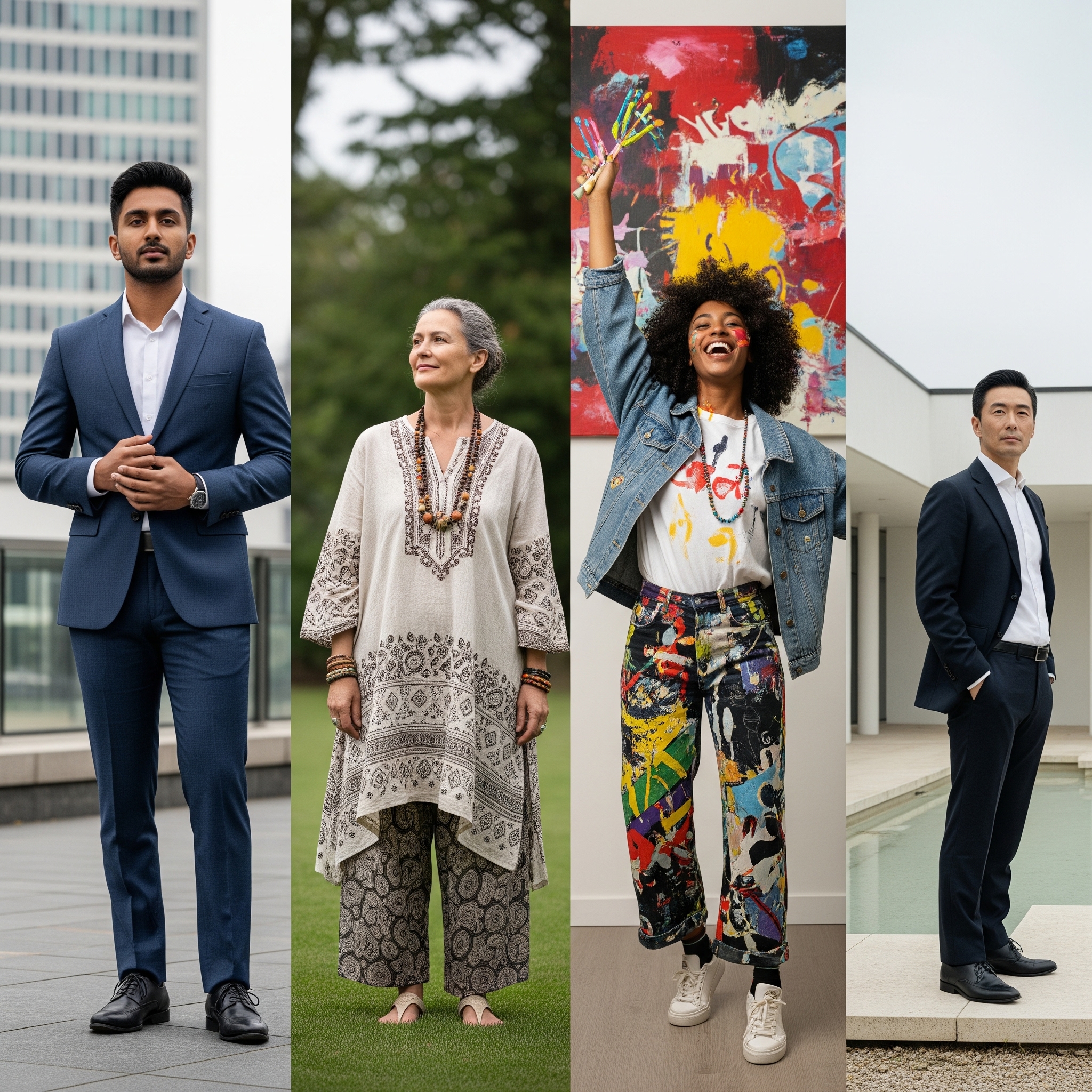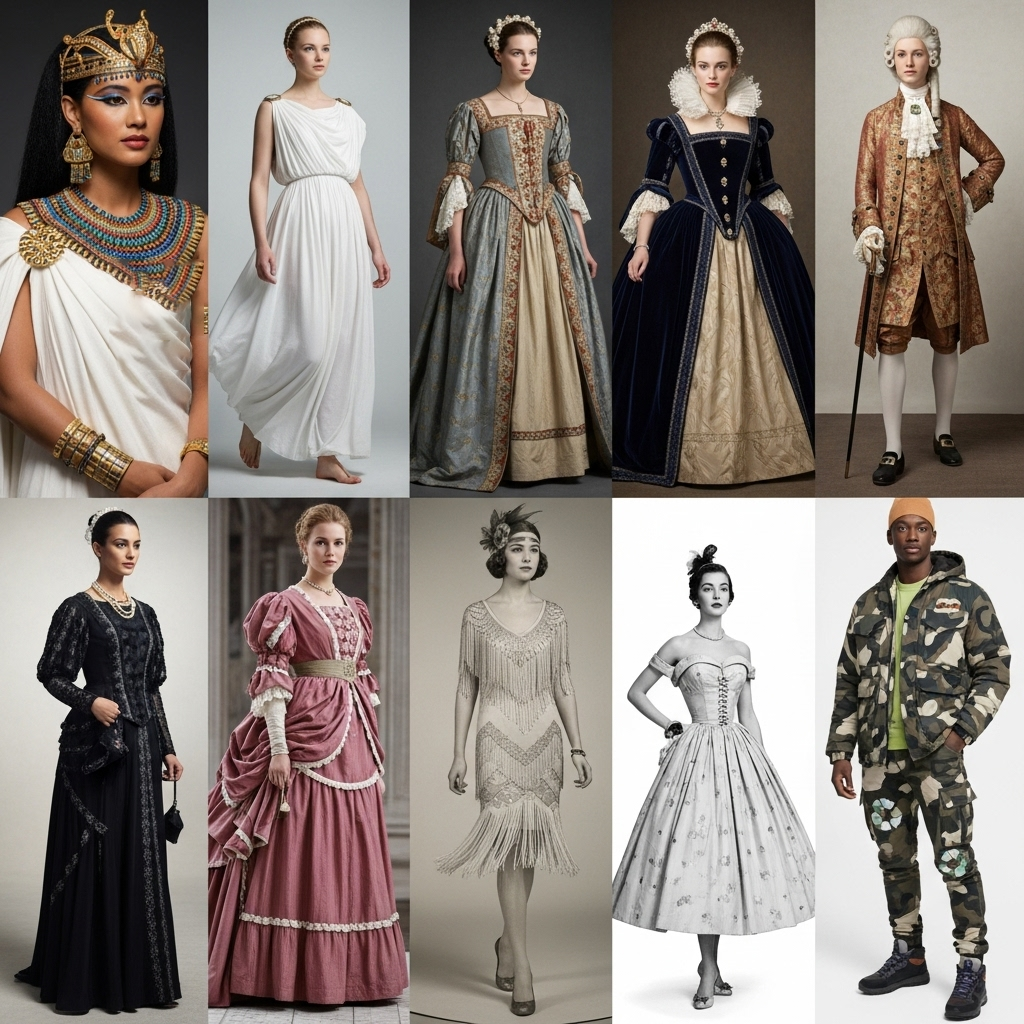No products in the cart.: $0.00
The Psychology of Style: What Your Clothes Say About You

Fashion is often perceived as a superficial pursuit, a realm of fleeting trends and consumerism. However, delve deeper, and you’ll discover that what we choose to wear is far more profound. Our clothing choices are a powerful, non-verbal language, communicating volumes about our personalities, moods, aspirations, and even our political leanings. Understanding the psychology of style reveals how our wardrobe acts as a personal billboard, projecting an image to the world and influencing how others perceive and interact with us.
One of the most immediate psychological impacts of clothing is its effect on first impressions. Within seconds of meeting someone, their attire forms a significant part of our initial judgment. Studies have shown that people dressed in professional attire are perceived as more competent, intelligent, and trustworthy. Conversely, casual or disheveled clothing can lead to perceptions of laziness or lack of seriousness. This isn’t about conforming to rigid standards, but rather acknowledging that our clothes act as immediate cues for others to build a mental profile of who we are. When you dress for success, whether in a job interview or a social setting, you are strategically leveraging this psychological principle to your advantage.
Beyond first impressions, clothing plays a crucial role in self-perception and mood regulation. This is often referred to as “enclothed cognition.” When we wear certain types of clothing, it can actually influence our cognitive processes and emotional states. For instance, putting on a suit can make you feel more powerful and confident, leading to improved performance in tasks that require focus and attention. Conversely, wearing comfortable, relaxed clothing at home can promote a sense of ease and relaxation. Think about the effect of a “power suit” or “comfort clothes” – these aren’t just arbitrary terms; they reflect a genuine psychological impact. Dressing in a way that makes you feel good about yourself can boost self-esteem and positively impact your overall outlook.
Our style also serves as a potent form of self-expression and identity formation. For many, clothing is a creative outlet, a way to visually articulate who they are, what they believe in, and what subcultures they belong to. A minimalist wardrobe might convey a preference for simplicity and practicality, while a flamboyant, colorful style could signal a vibrant, outgoing personality. Punk rock aesthetics, for example, communicate rebellion and anti-establishment sentiments. The choice of brands, colors, silhouettes, and accessories all contribute to a unique personal narrative. This is why children often experiment with different styles as they explore their identities, and why adults use fashion to solidify their sense of self in a constantly evolving world.
Furthermore, clothing can be a tool for social connection and belonging. Uniforms, whether for school, work, or sports teams, foster a sense of unity and shared identity. Even outside of formal uniforms, dressing in a similar style to a particular group can signal your affiliation and desire to be part of that community. Conversely, deliberately dressing differently can be a form of rebellion or a way to assert individuality and detachment from certain groups. This is evident in fashion trends that emerge from specific subcultures – they create visual identifiers for those who belong, and sometimes, those who wish to emulate.
The psychology of color in fashion is another fascinating aspect. Colors evoke different emotions and associations. Red, for example, is often linked to passion, energy, and power. Blue can convey calmness, trustworthiness, and stability. Black is frequently associated with sophistication, authority, and seriousness. While cultural interpretations of colors can vary, these general associations play a role in how we perceive and are perceived through our clothing choices. Consciously choosing colors can help you project a desired image or influence your own mood.
Finally, the relationship between clothing and confidence is undeniable. When we feel good in what we’re wearing, it directly translates into increased confidence. This isn’t necessarily about expensive brands or designer labels; it’s about finding clothes that fit well, flatter your figure, and align with your personal aesthetic. When you feel comfortable and authentic in your attire, you are more likely to exude confidence, which in turn can lead to greater success in various aspects of life.
In conclusion, the seemingly simple act of getting dressed each day is a complex psychological dance. Our clothes are not just fabric; they are extensions of ourselves, powerful communicators that shape perceptions, influence moods, and express identity. By becoming more aware of the psychology of style, we can make more intentional wardrobe choices, harnessing the power of fashion to enhance our lives, communicate effectively, and truly express who we are to the world.



